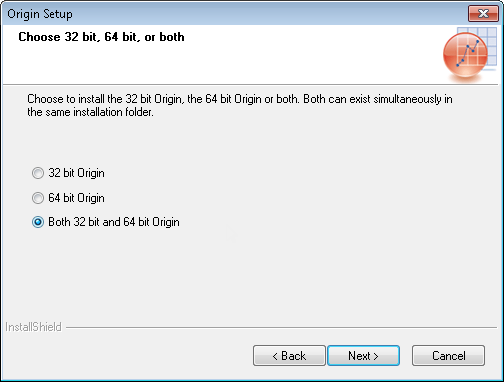Torgovo Razvlekateljnij Centr Dwg
 DWG is an independent firm of structural engineers, consultants and technical specialists that specialize in Efficient Engineering.
DWG is an independent firm of structural engineers, consultants and technical specialists that specialize in Efficient Engineering.
 You can link or import dwg files into revit files (Insert/Link CAD), but they will simply be background linework which doesn't really gain you anything over just having a dwg file. If they are floor plans, etc you can trace over them with walls & doors to truly make them useful in Revit.
You can link or import dwg files into revit files (Insert/Link CAD), but they will simply be background linework which doesn't really gain you anything over just having a dwg file. If they are floor plans, etc you can trace over them with walls & doors to truly make them useful in Revit.

Of course you will need level/3d information as well. If you are talking details, etc, you can import them into views or families, but in the long run it's much better to trace them into native revit linework/hatch areas as dwgs tend to negatively impact revit file performance. For details, first convert all linework to a single ACAD layer, then purge all unused layers. Import the.dwg into a drafting view in a Revit project created only for the purpose of converting details.
Explode the.dwg and convert the lines/text to your Revit standards. Save and close this file, then use the 'Insert from File' command to insert the detail into your project or template. For 3D CAD files or floor plans, you just have to model in Revit using them as a reference/linked background.
It actually works really well for the purpose it is meant to serve. It turns every line you pick into a wall. The limitations are too great to be useful without some major code rewrites, though.
The location line of the wall is set to Wall Centerline by default, and if I recall correctly the height does not end on the level above, rather an arbitrary dimension like 10'-0'. I looked at the code briefly to see if I could massage it into a more useful state, but I don't know C# or the Revit API well enough to make it better. The above discussion seems pretty close to the reality of translating any model across platforms. Depending on your intentions with these Autocad, I see two methods that you can follow to transfer AutoCAD to Revit.
• If you are simply interested in translating the lines (2D not 3D) for a background you should just link the AutoCAD file and make any adjustments in the AutoCAD file for color/lineweight/pattern. Importing for a background will bring a lot of extra data into your model that is very difficult to purge. For details however, you can take some steps to clean the CAD file before importing it into a drafting view.
Turn everything on, I mean everything, and then use tools like explode, flatten, overkill, and purge. For line styles you are going to need to map specific layer names (case sensitive) to line styles in Revit, and make sure to purge out any other layers in the CAD file. (maybe also look at some plug-ins if you are needing to transfer a lot of details, more than 20) • If you want to translate an AutoCAD file into Revit geometry, you may want to look at Dynamo. I'm not sure of any files available online (there probably are) that do this but I have worked on it a bit and found a quick solution. Dynamo, if you are not familiar, is visual programming, so in a sense it is similar to a macro that you can write, but is a bit more user friendly. Here is the link, if you are interested () Hope this helps!